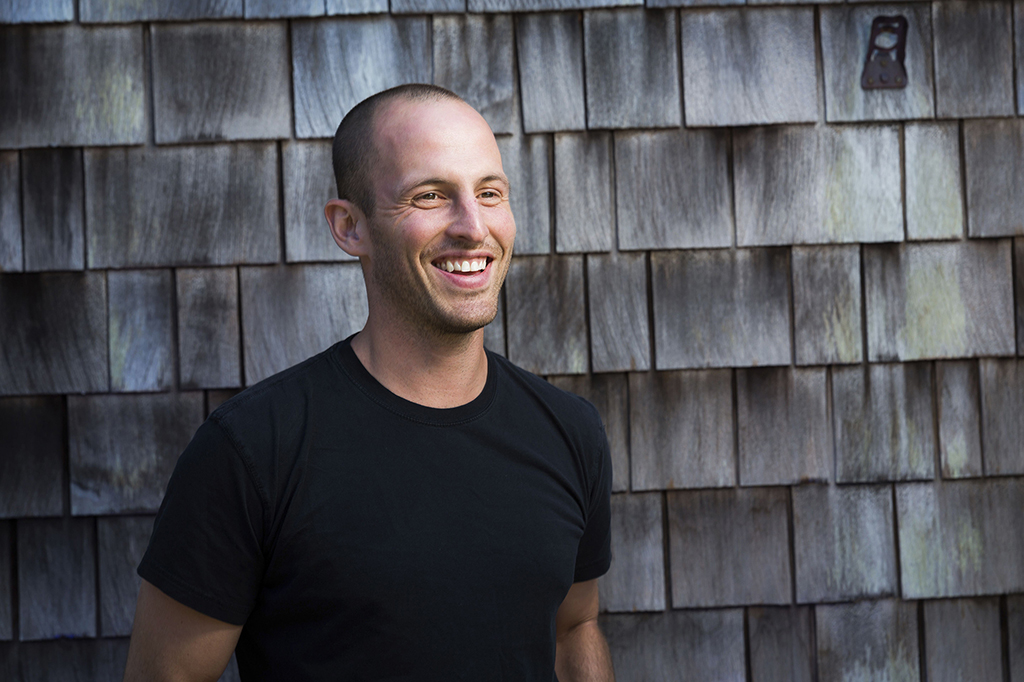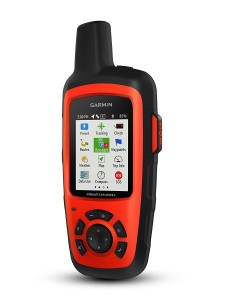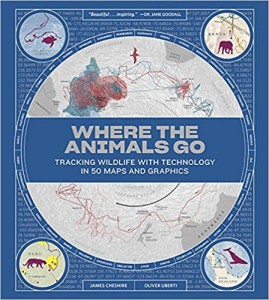David Lang, Co-founder of OpenROV

Cool Tools Show 096: David Lang
We have hired professional editors to help create our weekly podcasts and video reviews. So far, Cool Tools listeners have pledged $296 a month. Please consider supporting us on Patreon. We have great rewards for people who contribute! – MF
Our guest this week is David Lang. David Lang is an entrepreneur, writer, and National Geographic Fellow. In 2012, along with Eric Stackpole, he co-founded OpenROV to create a low-cost robot to explore an underwater cave. Since then, OpenROV has raised over $900,000 on Kickstarter and become one of the largest underwater drone manufacturers. The team also created OpenExplorer as a digital field journal to empower and connect citizen scientists and explorers. Lang is the author of Zero to Maker — part memoir and part guidebook for participating in the growing maker movement.
Subscribe to the Cool Tools Show on iTunes | RSS | Transcript | Download MP3 | See all the Cool Tools Show posts on a single page
Show notes:

Garmin Inreach Explorer+ ($450)
“It’s a satellite hand-held GPS navigator. So what it does is you can be anywhere in the world, totally off the grid, and it’s going to bring up a map and show you exactly where you are. It communicates using the Iridium satellite network, but it also serves as a two-way communicator. So you can text anybody from anywhere in the world no matter where you’re at. … It’s pretty amazing and it comes in handy in surprising scenarios and my experience over the past five years as we’ve kind of gone on these expeditions with these underwater drones is that connection is just absolutely necessary. And I think there’s been a lot of press and stories around trying to shut off your phones and get outside, but I think the reality of the world we live in is connections is absolutely vital and this device it’s fairly cheap. It’s a couple hundred bucks and then you have a monthly payment plan. But it keeps you connected, whether that’s through emergency or you’re going off the grid or whatever comes up.”

Where the Animals Go ($27)
“It’s one of those things that you want to hold and look at. … It is a collection of 50 stories and it’s put together by a cartographic designer and an ex-National Geographic writer and they go around the world and tell the stories of scientists who are tracking animals using all sorts of different technologies that have kind of just become popular. And the book, aside from being beautiful, is actually pretty interesting. … It uses all the latest technologies and each story kind of follows a different animal. It’s like where a pack of baboons are going. How the mountain lions are traversing through California. How the humpbacks are going around seamounts and it starts to talk about birding and just the different things that have happened in ornithology over the past half-century. It’s no longer just people with telescopes. These birders are out there wired up and they’re measuring the flora and fauna on this planet in an incredible way…. It’s also really inspiring and I think there’s a lot of things, especially towards the end, that will inspire you to kind of go out and want to start kind of tracking and following individual creatures wherever you are.”

iNaturalist
“Pretty simply, it’s just a camera app and you go out and you can snap photos of birds or bugs or plants or whatever, and you can upload it to iNaturalist. And it’s been around for probably almost a decade at this point. It’s now at The Cal Academy of Sciences and there’s an incredible team there. And for the past 10 years what it has been is you go out, and you make an observation. You snap a photo and you say, “This is a butterfly.” Or, “This is a fiery skipper.” Or, “This is a cabbage white.” You could identify the actual species and if you didn’t know what it was you could say, “I don’t know.” And the iNaturalist community would come in and there’s these naturalists all over the world who kind of sit and monitor and go in and say, “Oh, actually that is a nodding trillium.” Or, “That’s just a common land snail.” So there are these people who will go in and kind of either correct you or help you with your identification. And for the past few years that’s what this tool has been, but just in the past six months what’s been really amazing is this tool has evolved. So they have so much data. They have so many photos and identifying metadata information about these animals that they started applying some of these machine learning techniques to these photos. So what iNaturalist is now, is you can go outside and you can snap a photo of some creature that’s in your backyard, or some plant, and the iNaturalist app will actually generate a suggestion based on all of this A.I. and it’s remarkably good.”

Trident Underwater Drone ($1499)
“So the fourth tool I included is the OpenROV Trident and this is the newest kind of product from our company, OpenROV. And it’s not quite out yet. We’re starting to ship the first beta units right now and we’ll have those shipped hopefully, by the end of January. We gotta get through the entire backlog. But we’ve spent the past two and a half years, working on not just a DIY kit of an underwater robot, but an actual product. And the reason I brought it up is because it is actually a really cool and fun tool and I can’t wait for the world to try it out and to start to send back videos and stories. But also for me personally, it’s been an incredible learning experience. To go from the Zero to Maker thing not knowing anything and now to building and shipping products, actual hardware products, all over the world. … It’s like a thick laptop. It’s a swimming camera that you can control from the surface, and you have to use your phone to see what it sees and you can drive it around and control it from there. It can dive to pretty deep depths, a 100 meters, so 328 feet. And most divers aren’t going more than 60 feet, 100 feet, so you’re actually getting into territory that most divers don’t go to. … I live in Sausalito and one of the things that is happening in and around the San Francisco Bay right now is all of these leopard sharks are starting to die off. And there’ve been, I think, over a thousand deaths of these leopard sharks in the Bay in just the past few months and they think this brain parasite, but they don’t really know. They also don’t know how many sharks have died because they’re negatively buoyant. So when they die, they sink to the bottom. So what I’ve started doing is going out on my little kayak and sending the robot down and trying to get video of the seafloor, trying to collect data. I’m gonna submit that to iNaturalist. It’s kind of the full circle of all these different tools.”









